My Name is Bond… Bond Bug!
Images: Gautam Sen
If this car could speak, it may very well introduce itself with a snigger: “My Name is Bond… Bond Bug!”
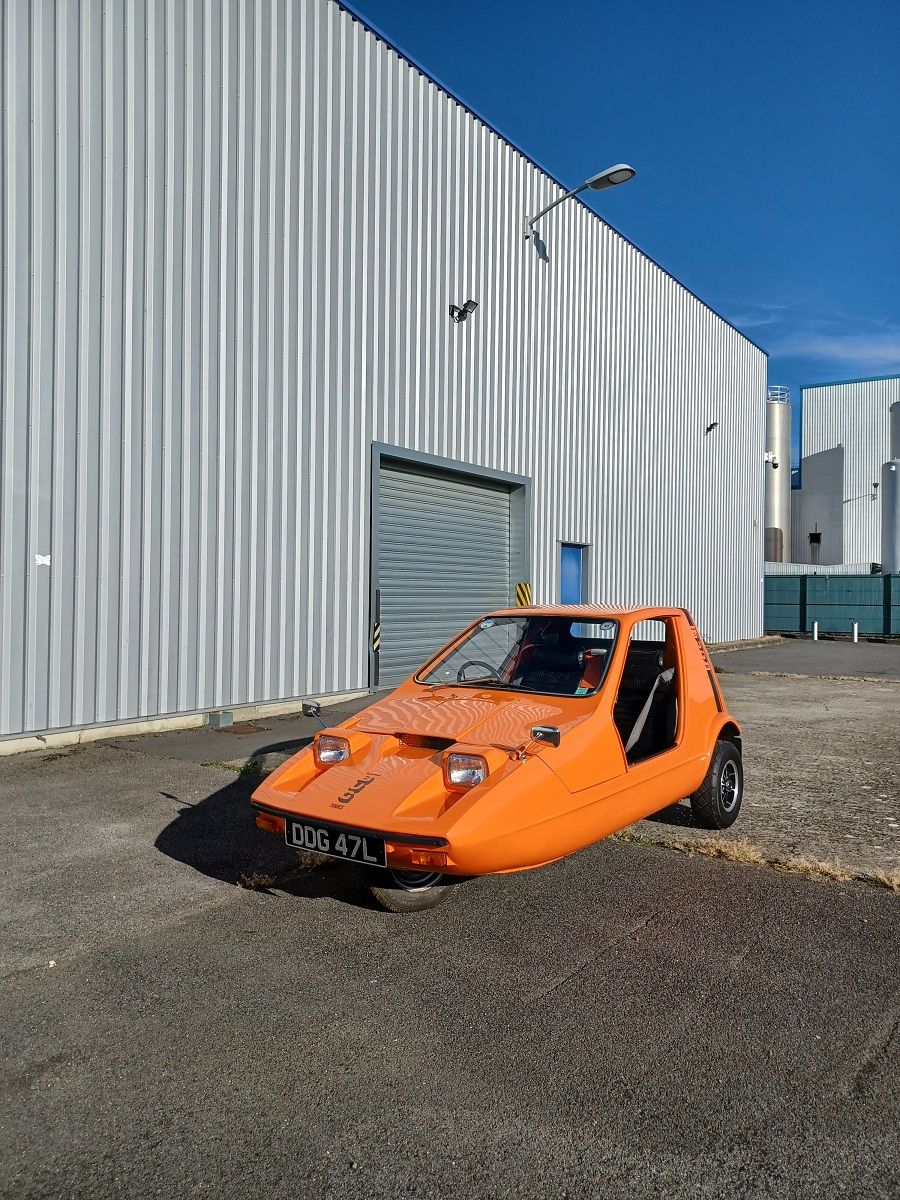
But as this isn’t the script for Cars 4, yours truly will need to do the translating and the explaining. Launched in 1970, the design and the concept of the Bug captured the 1970s perfectly well—a fun and funky runabout with a shape that was a minimalist wedge, in keeping with design trends established by cars like the Marcello Gandini-designed Alfa Romeo Carabo concept.

Where the Alfa Romeo Carabo was supercar-meets-spaceship futuristic, the Bond Bug was an application of the principles of simplistic wedge design to a minimalist three-wheeled runabout. And in that it was very successful, even if it wasn’t so in the marketplace.
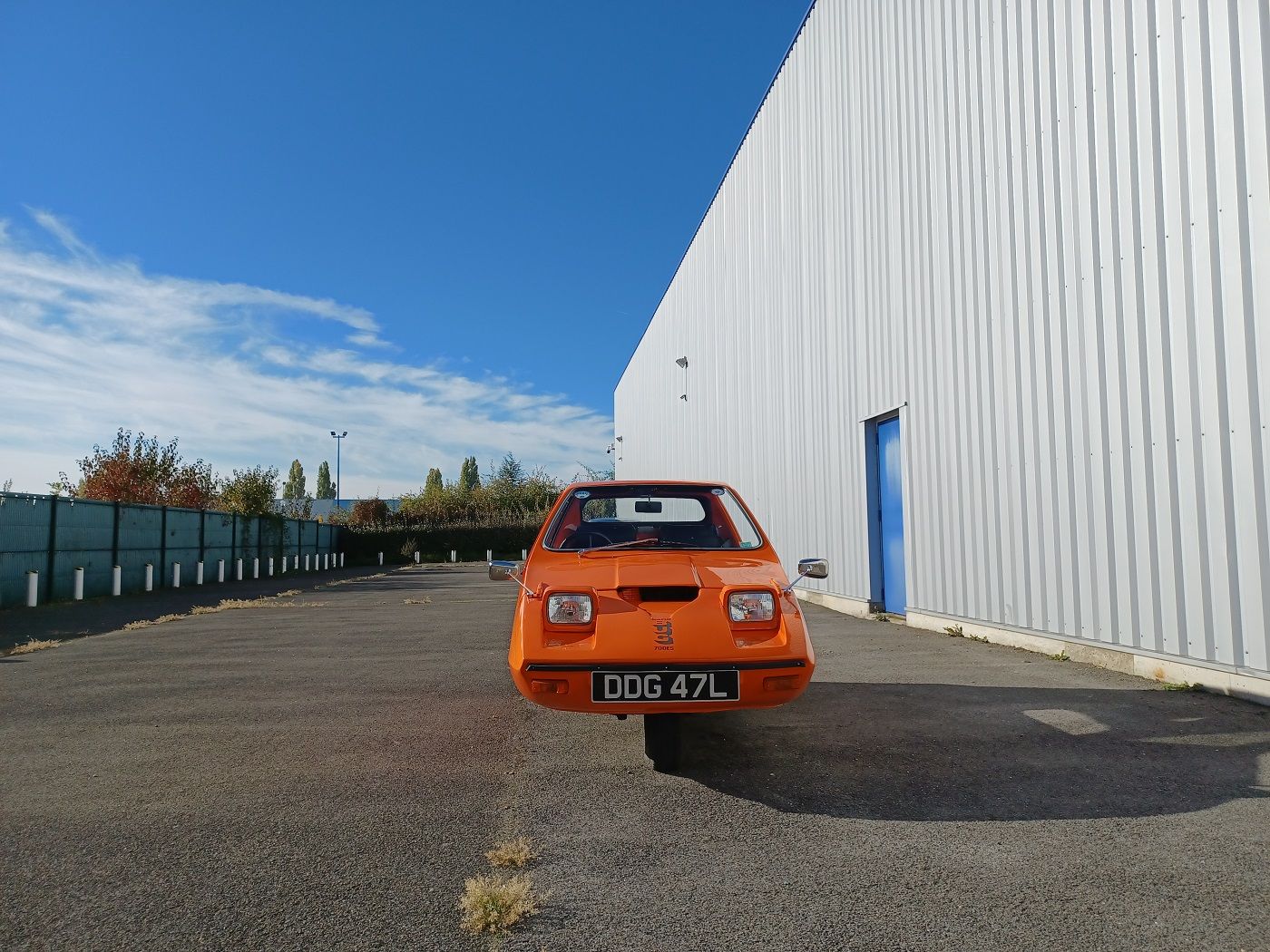
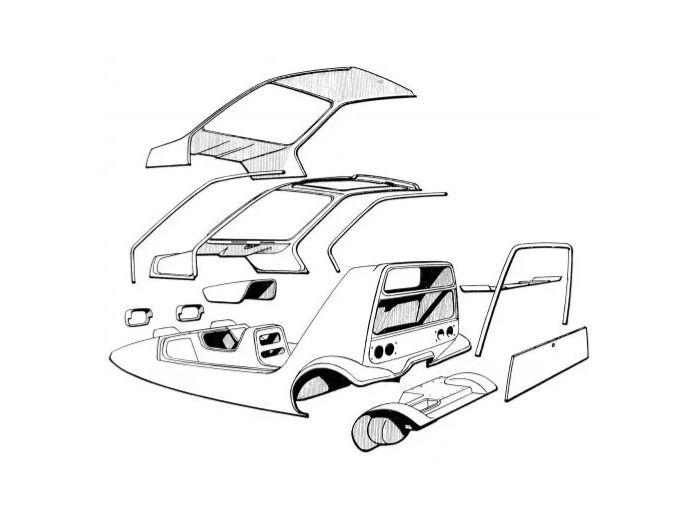
A child of the rock ‘n’ roll era, the Bond Bug was conceived in 1969, to explore the possibility of addressing a younger clientele for a very British market for three-wheeled cars, ones which needed to meet easier motorcycle regulations, and could be driven on a bike license.
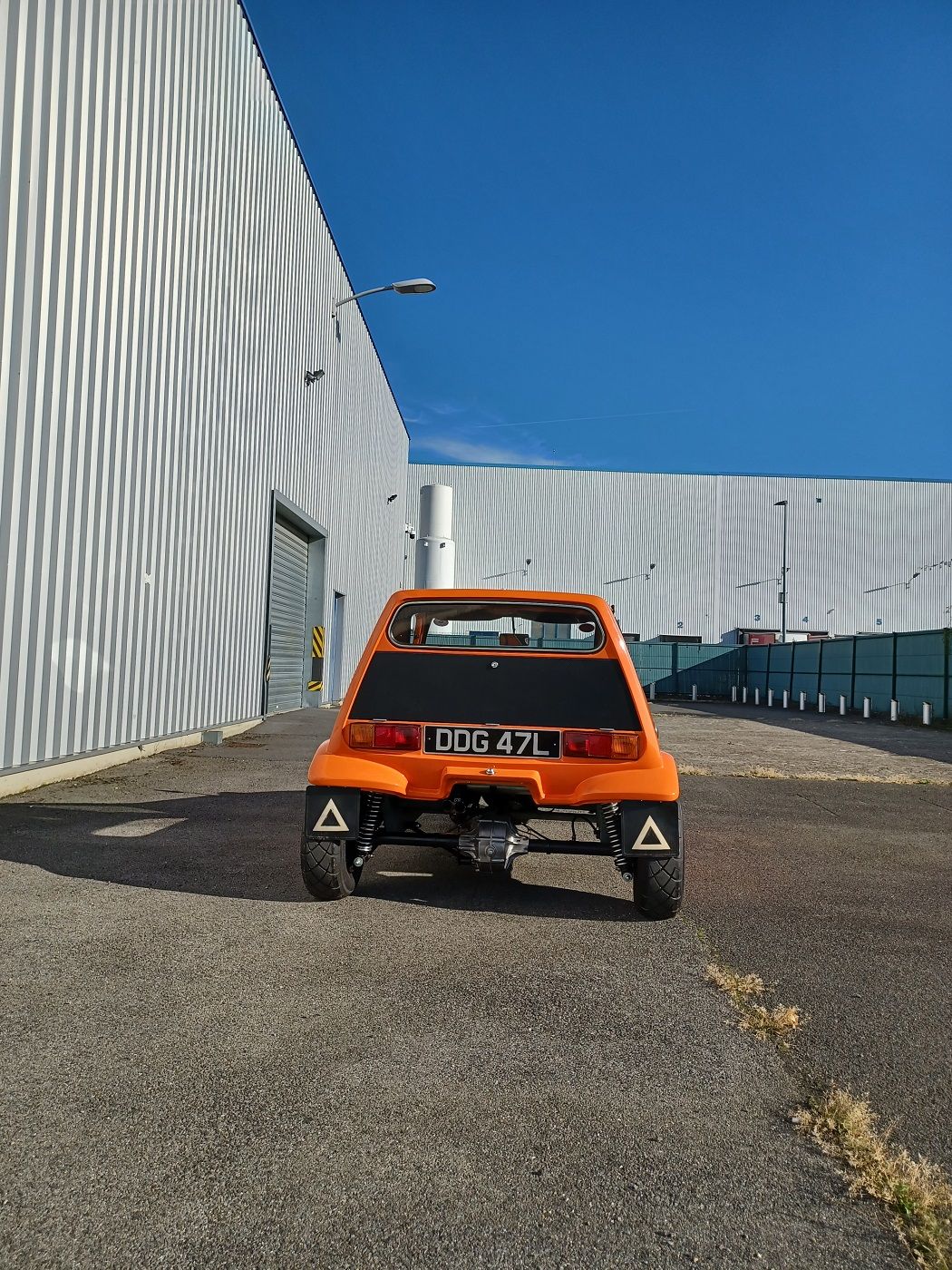
Soon after the purchase of Bond Cars Ltd in 1969 by the other three-wheeler British specialist carmaker Reliant Motor Company, the latter decided to commission Tom Karen of Ogle Design to conceive a funky little trike, one which would appeal to the flower children of the ‘70s.
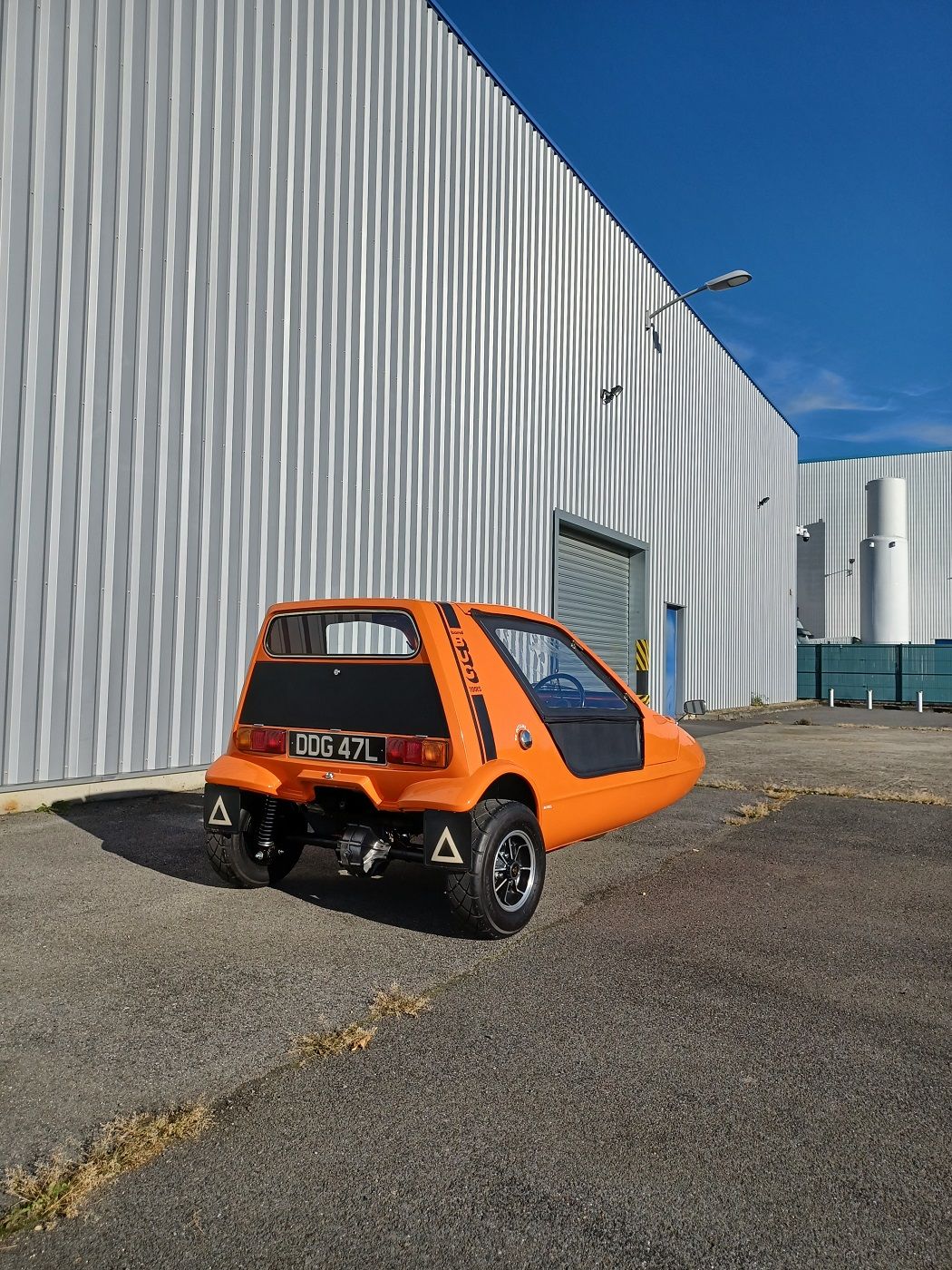
Both Reliant and Bond Cars had been around for a while then. Founded in 1935, Reliant had been successful in making niche vehicles, which included three-wheeled passenger and goods vehicles, as well as sports cars.
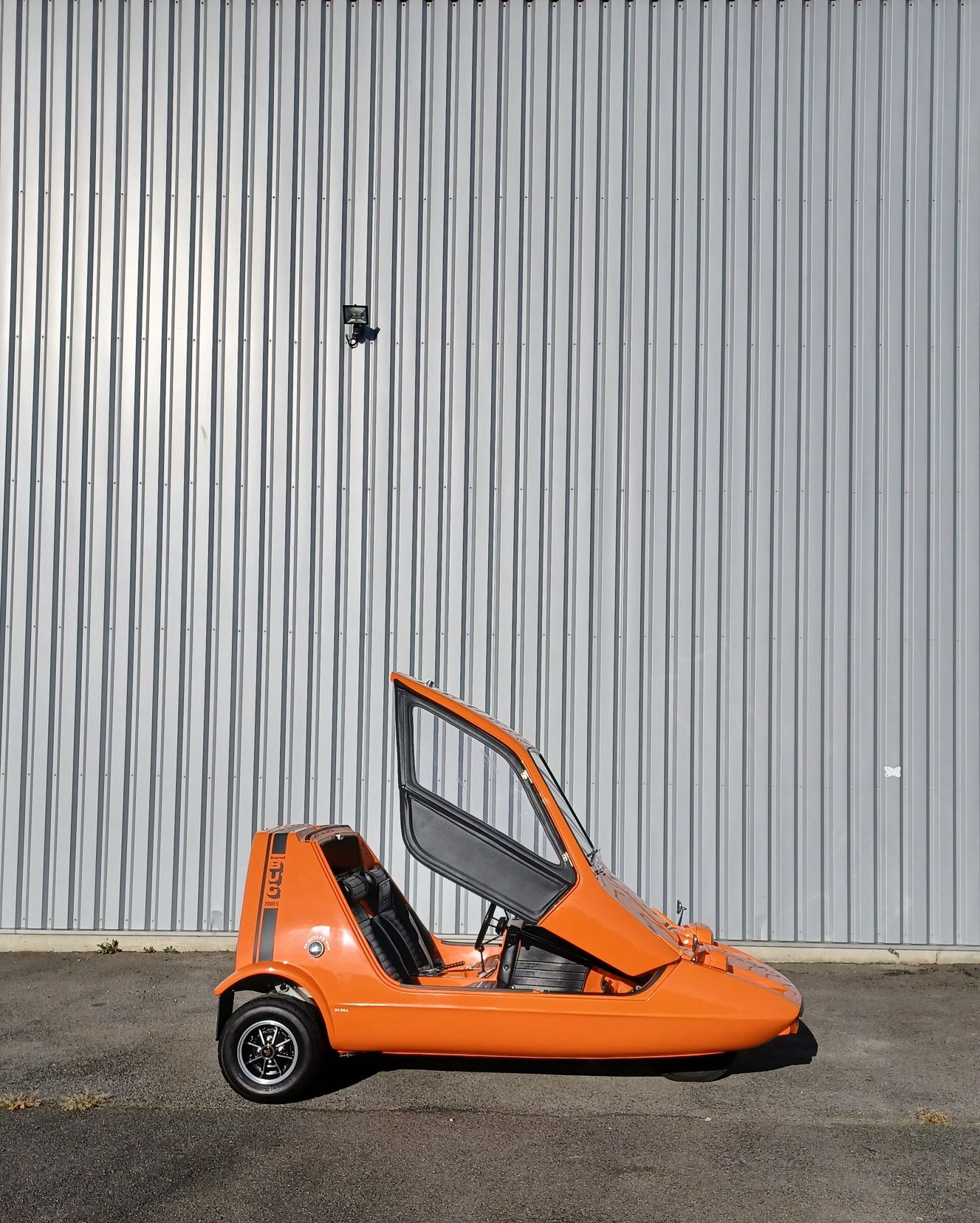
Bond was even older, with its origins dating back to 1922, when it had been founded by Paul Sharp as the Sharp Commercials Ltd, in Preston, Lancashire. In 1963, it changed its name to Bond Cars Ltd, after it had been making and supplying the Bond Minicar from 1949 to a design by Lawrence Bond.
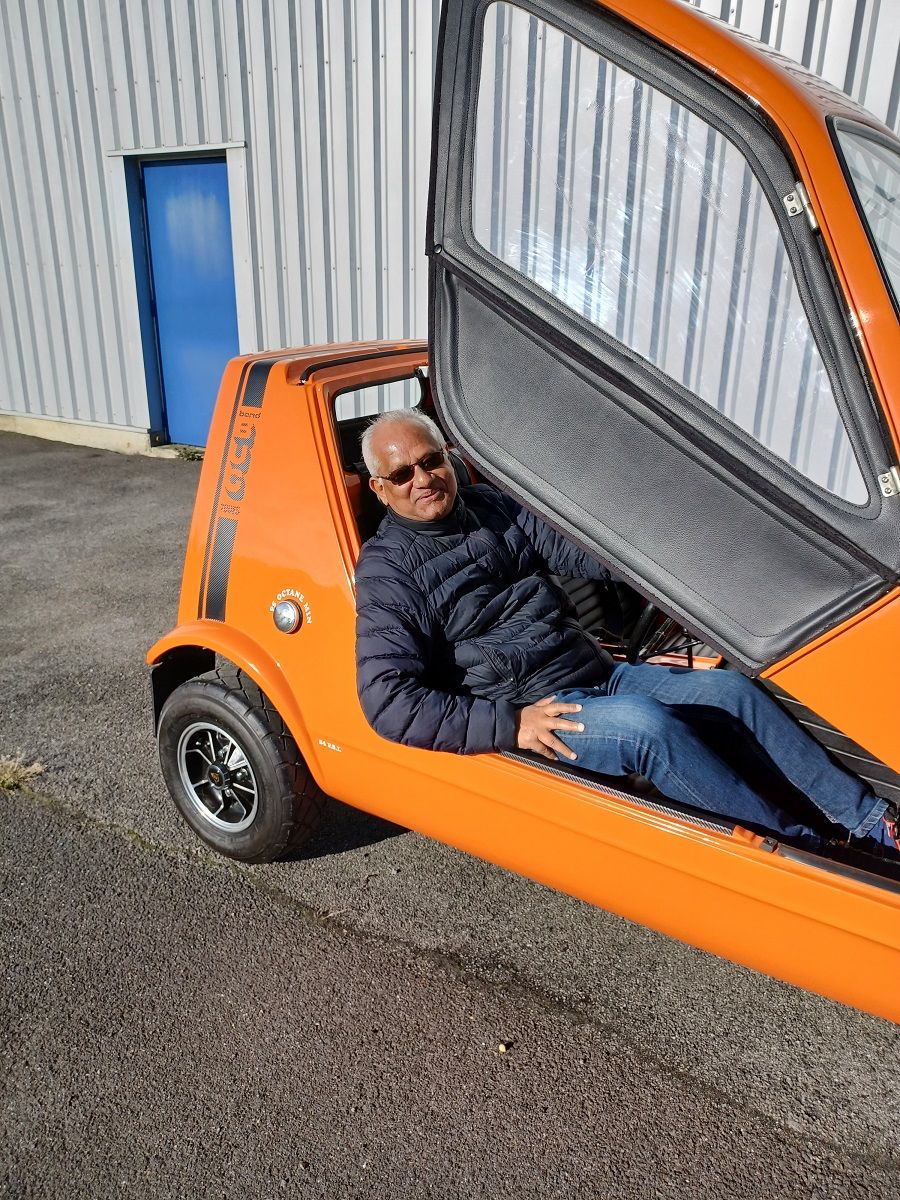
In 1963, Bond even diversified its product portfolio by developing a sports coupe based on the Triumph Herald chassis and mechanicals (in a sense doing what Gave Cursetjee did a decade later in India: https://magazine.derivaz-ives.com/what-gave-gave-cursetjee-the-idea-of-converting-the-herald-to-the-cobra/).
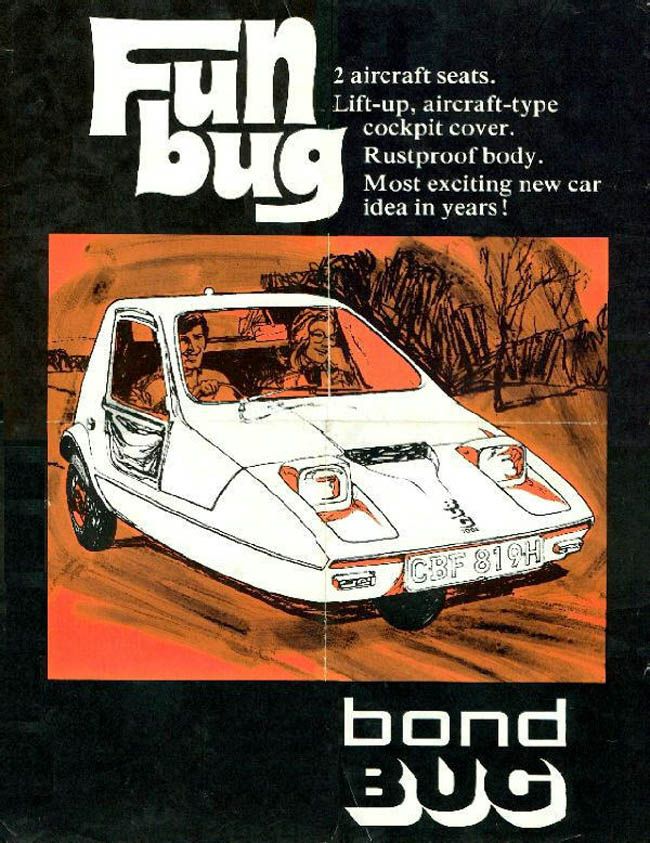
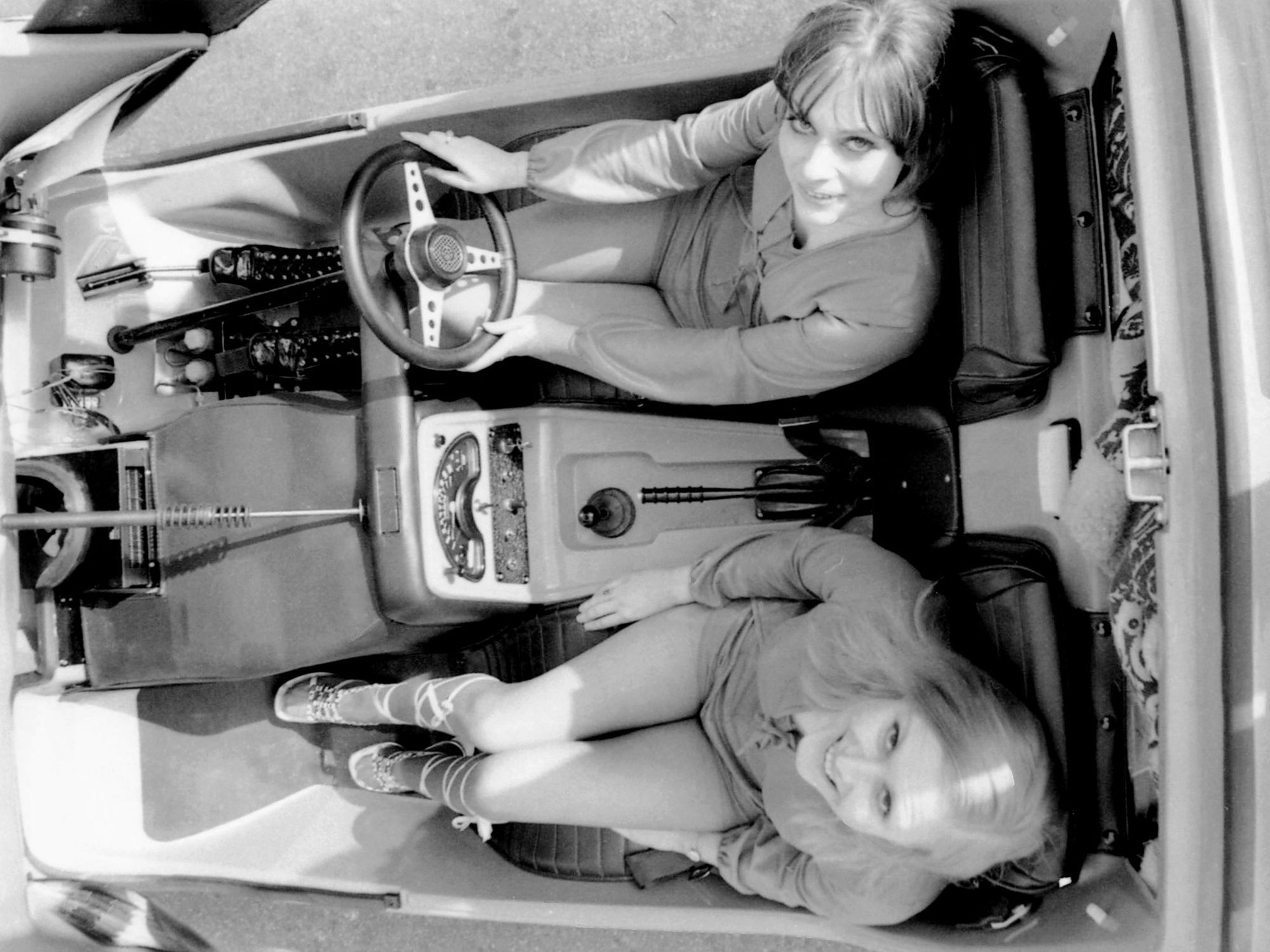
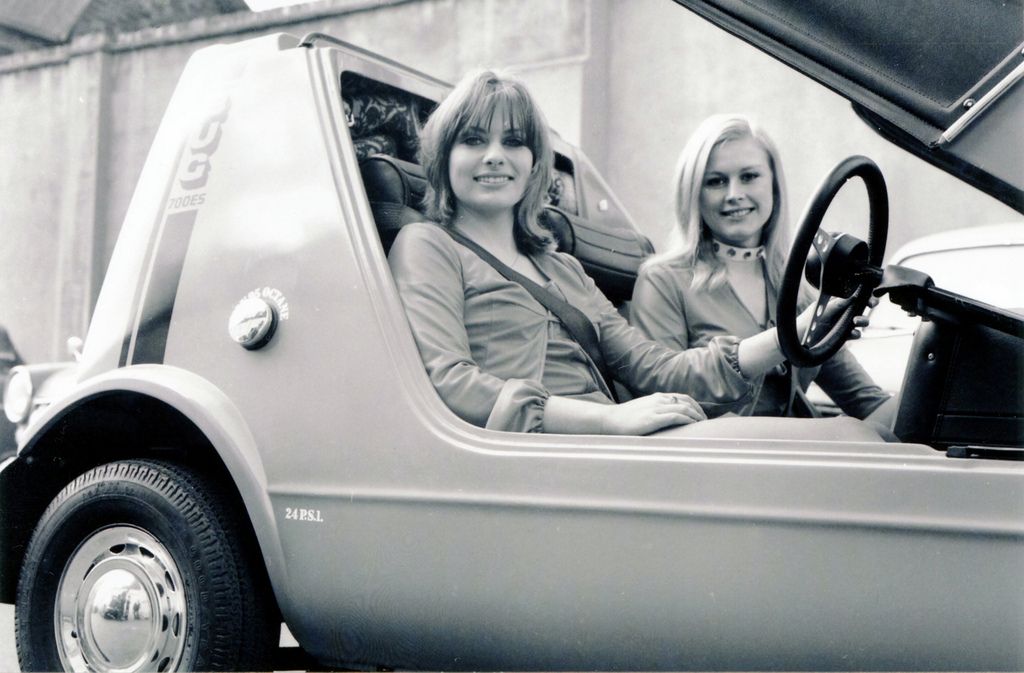
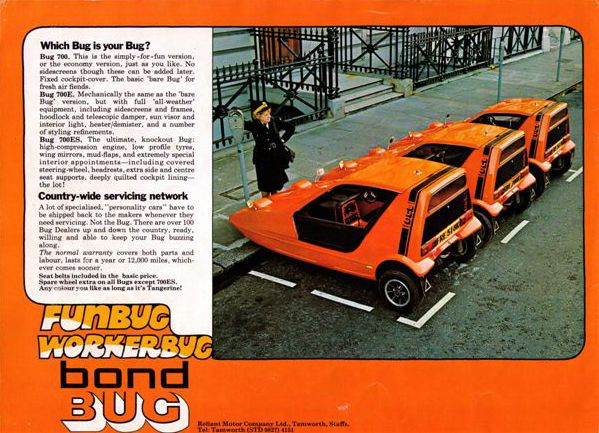
The Bond Equipe GT 2+2 (as it was called), which went through several mutations, met with modest success, selling some 4,400 units in a seven-year production run. Yet the Equipe could not save Bond; which is why Reliant stepped in.
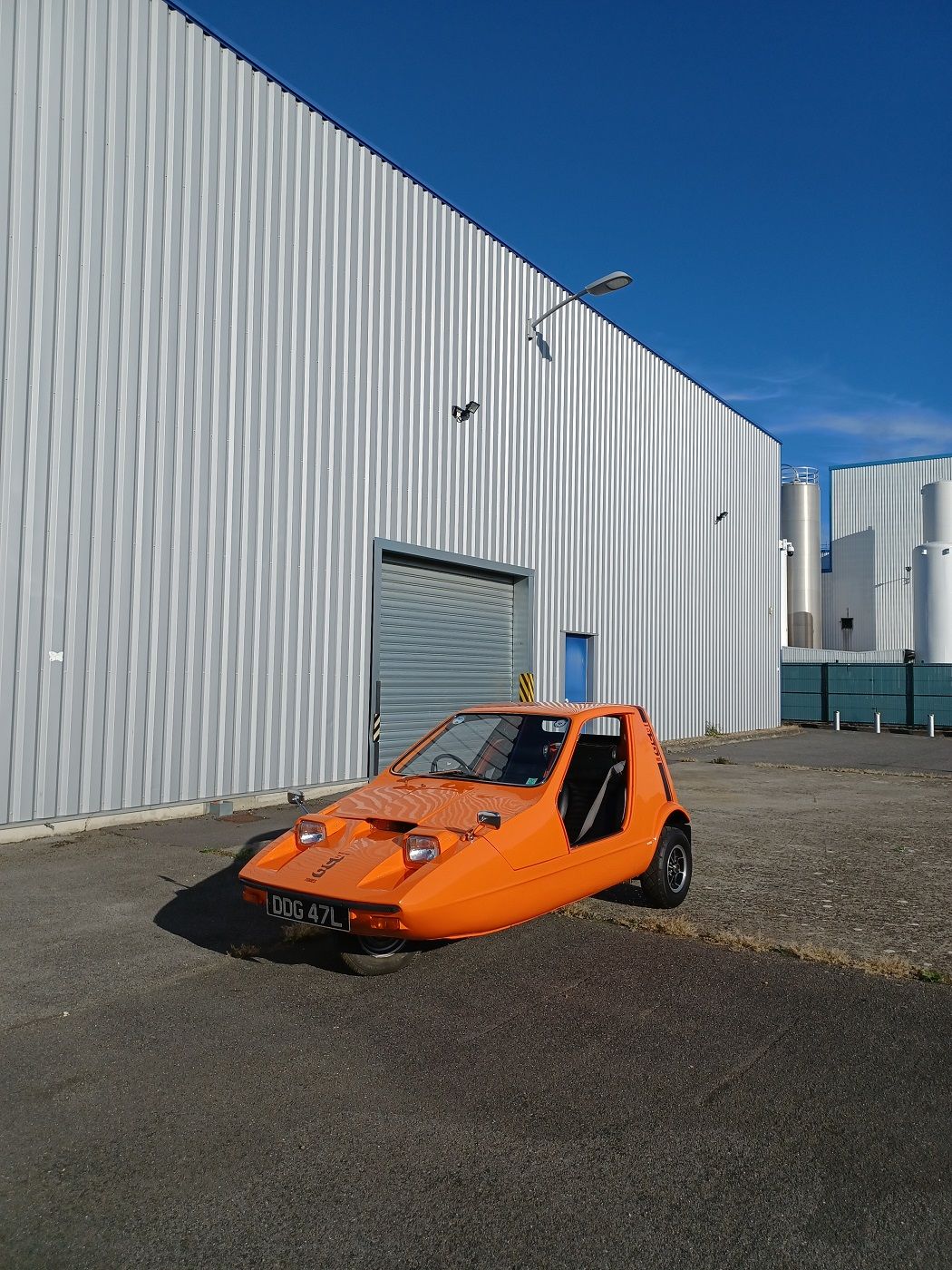
As well as stopping the production of the Equipe sports coupe, Reliant decided to develop the Bug as a funkier alternative to their mainstay, the Reliant Regal three-wheeler.
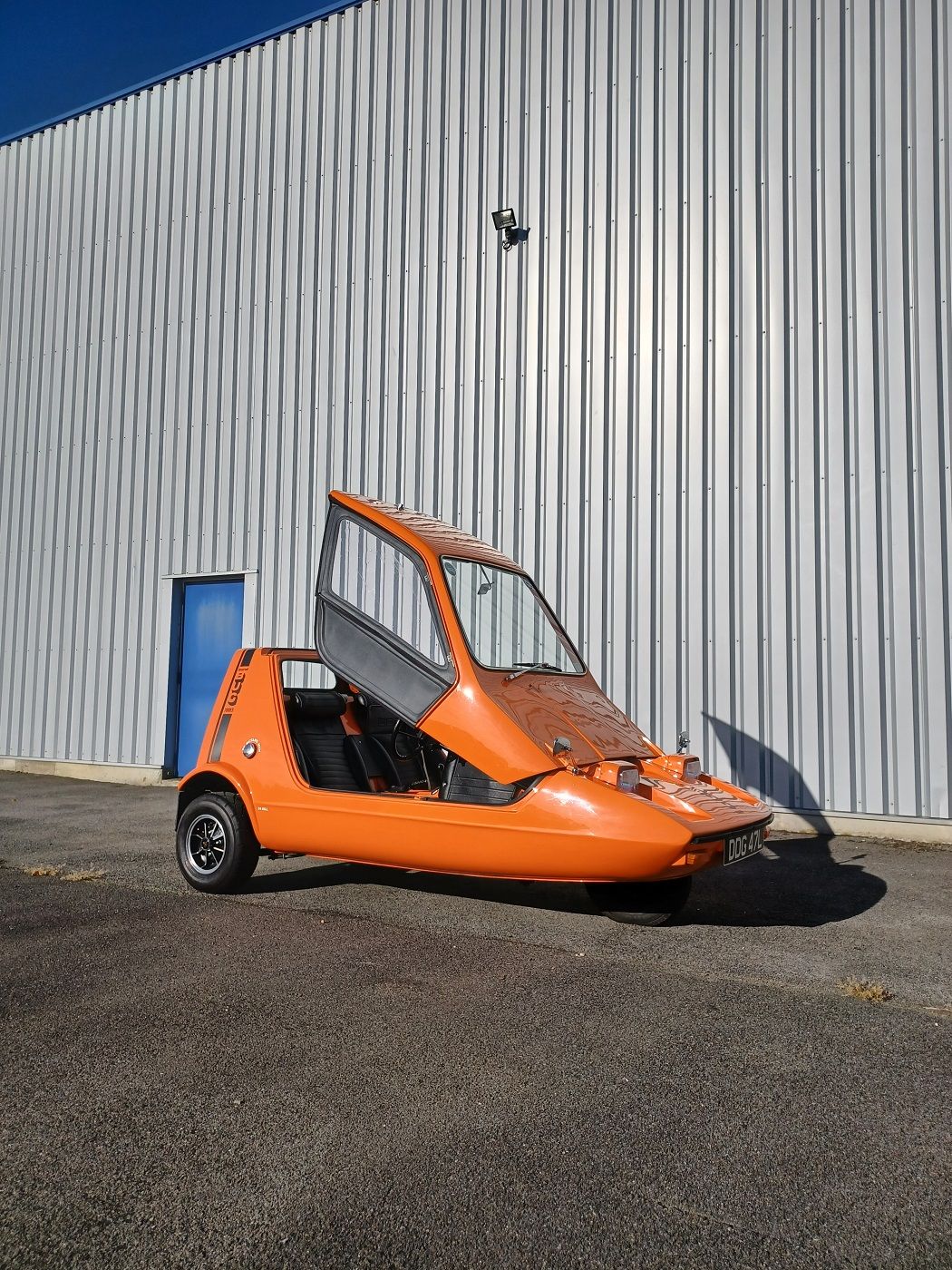
Powering the Bond Bug was the same compact 700cc four-cylinder engine that the Regal used then. The longitudinal engine, mounted at the front of the tubular frame, between the driver and passenger’s legs, was mated to a very direct four-speed manual transmission, with the drive going to a rear pair of wheels. Steering was via a rack and pinion system acting on the centrally located single wheel at the front.
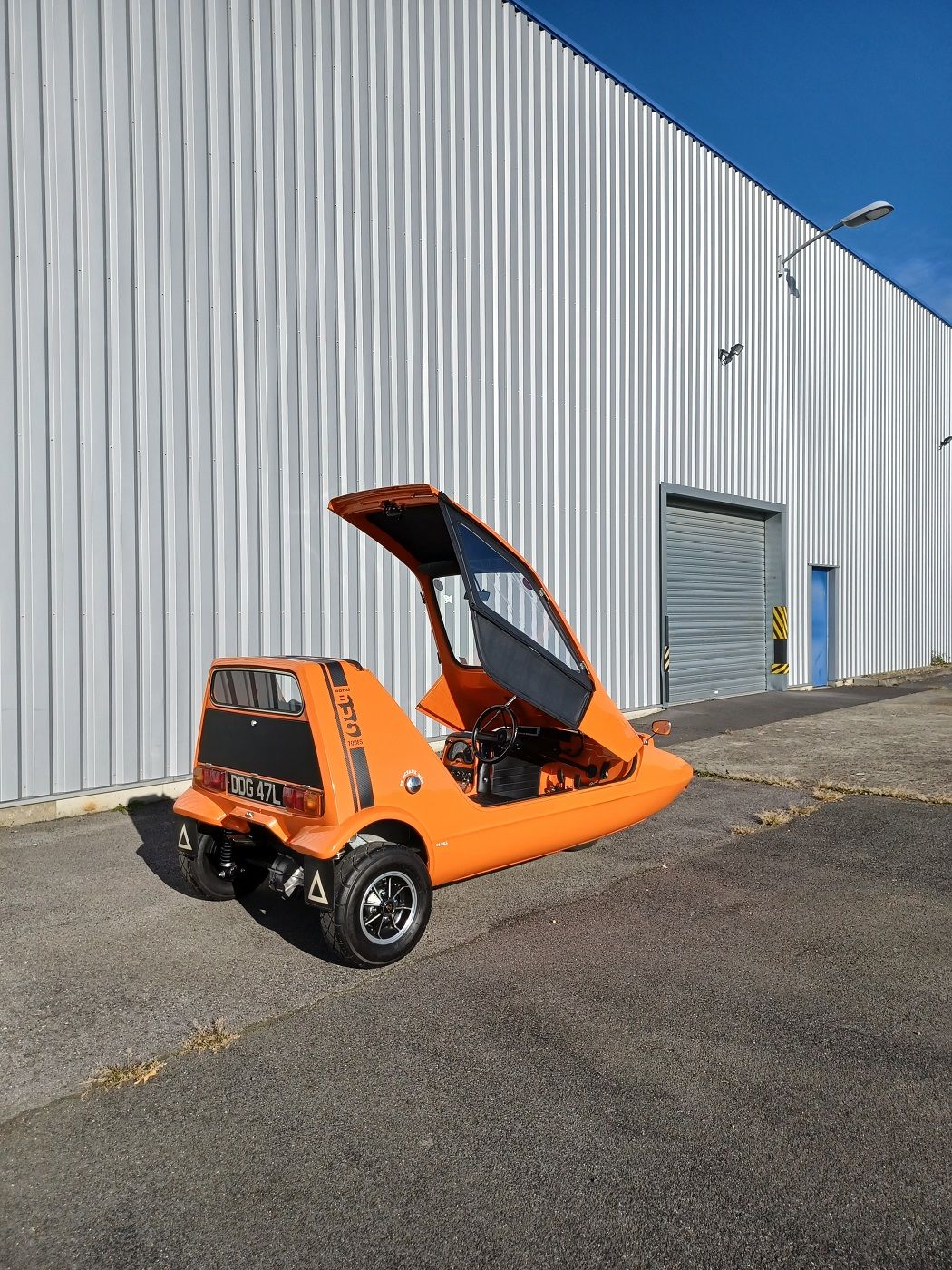
Available in any colour… as long as it was orange, the interior was in a suitably contrasting black. The fibreglass hull was designed as a single part and was produced with the colour impregnated. To get into the car, you needed to turn the rotating knob on the roof and tilt the entire upper part of the passenger compartment forward.
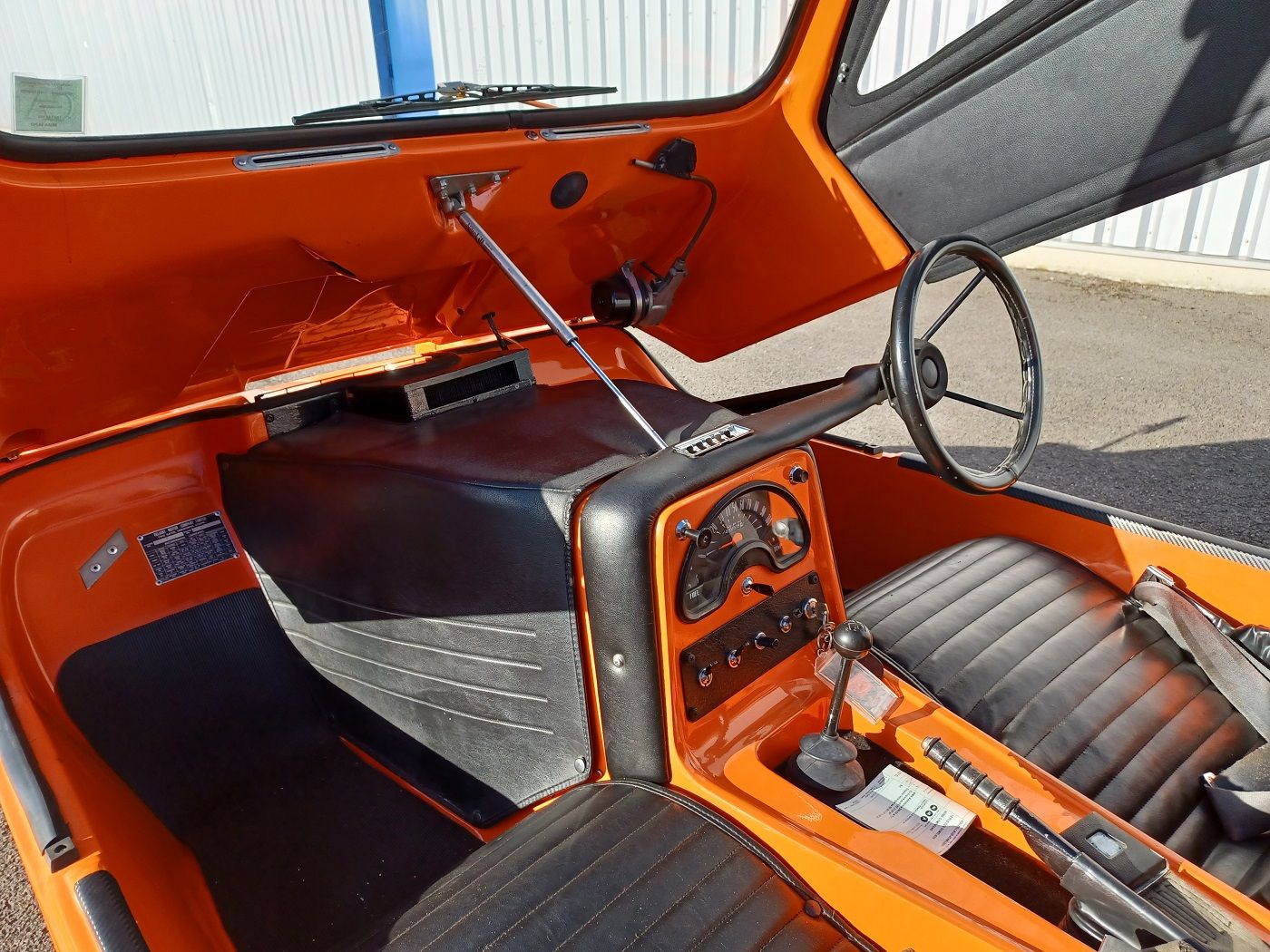
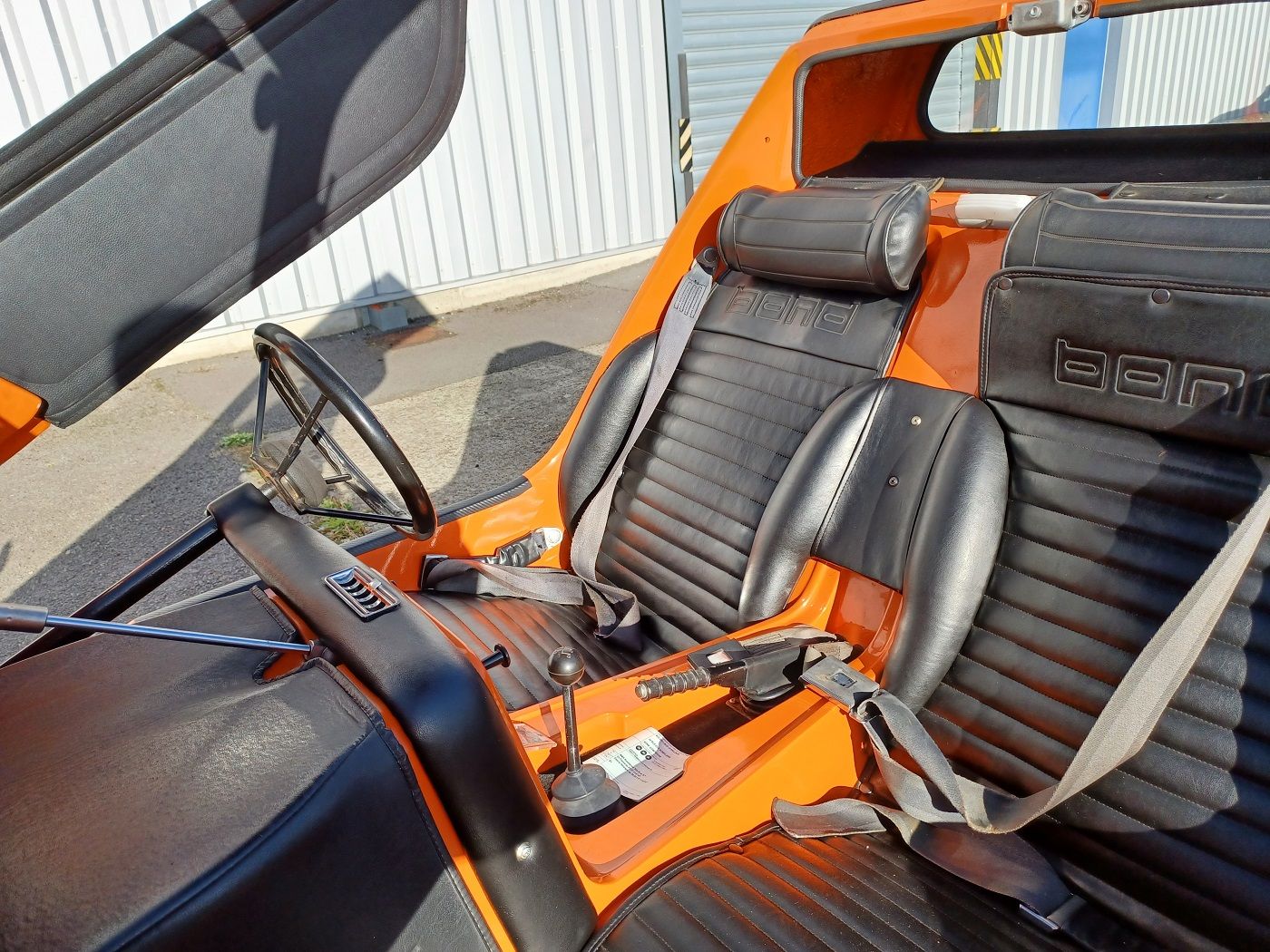
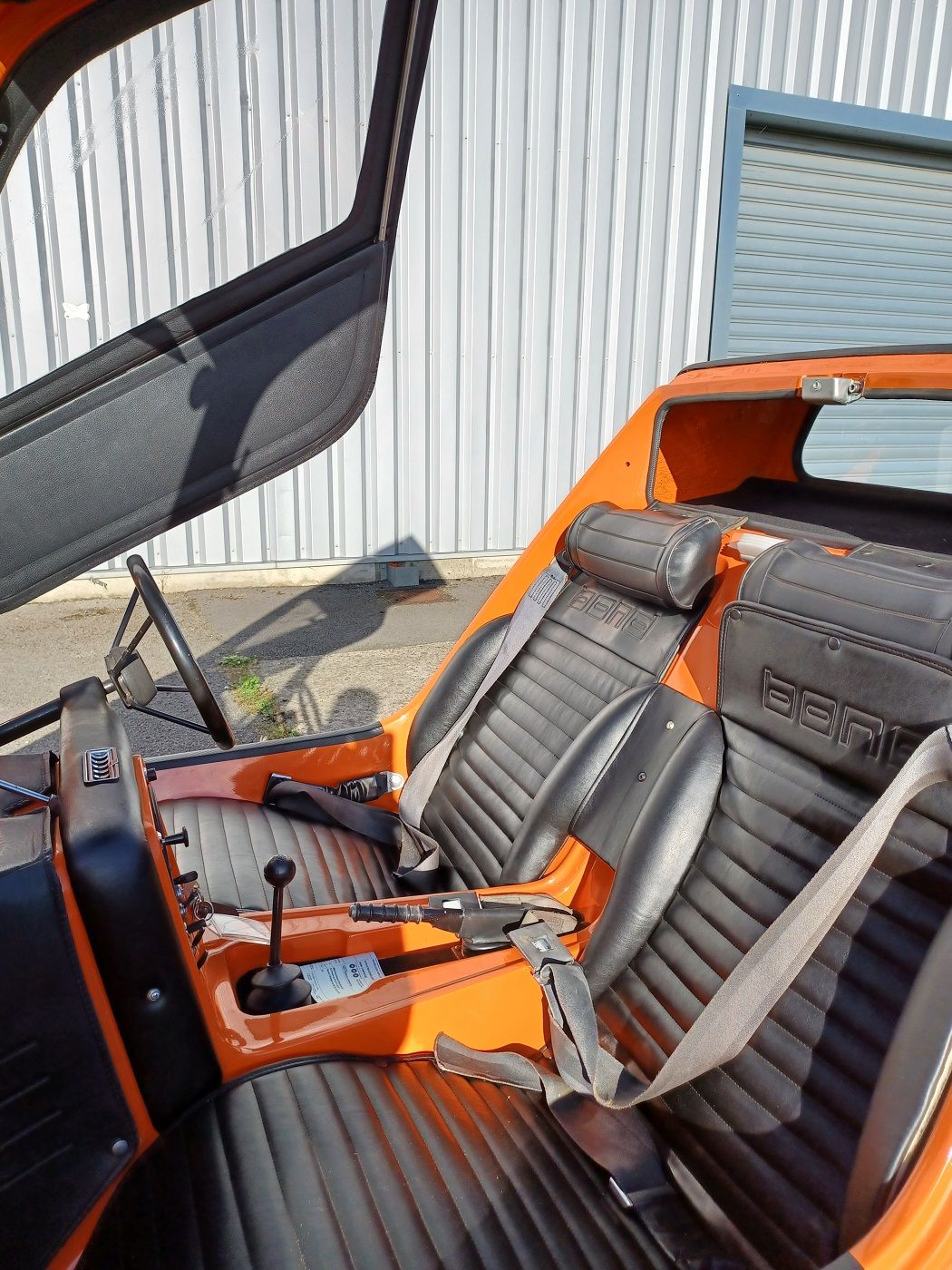
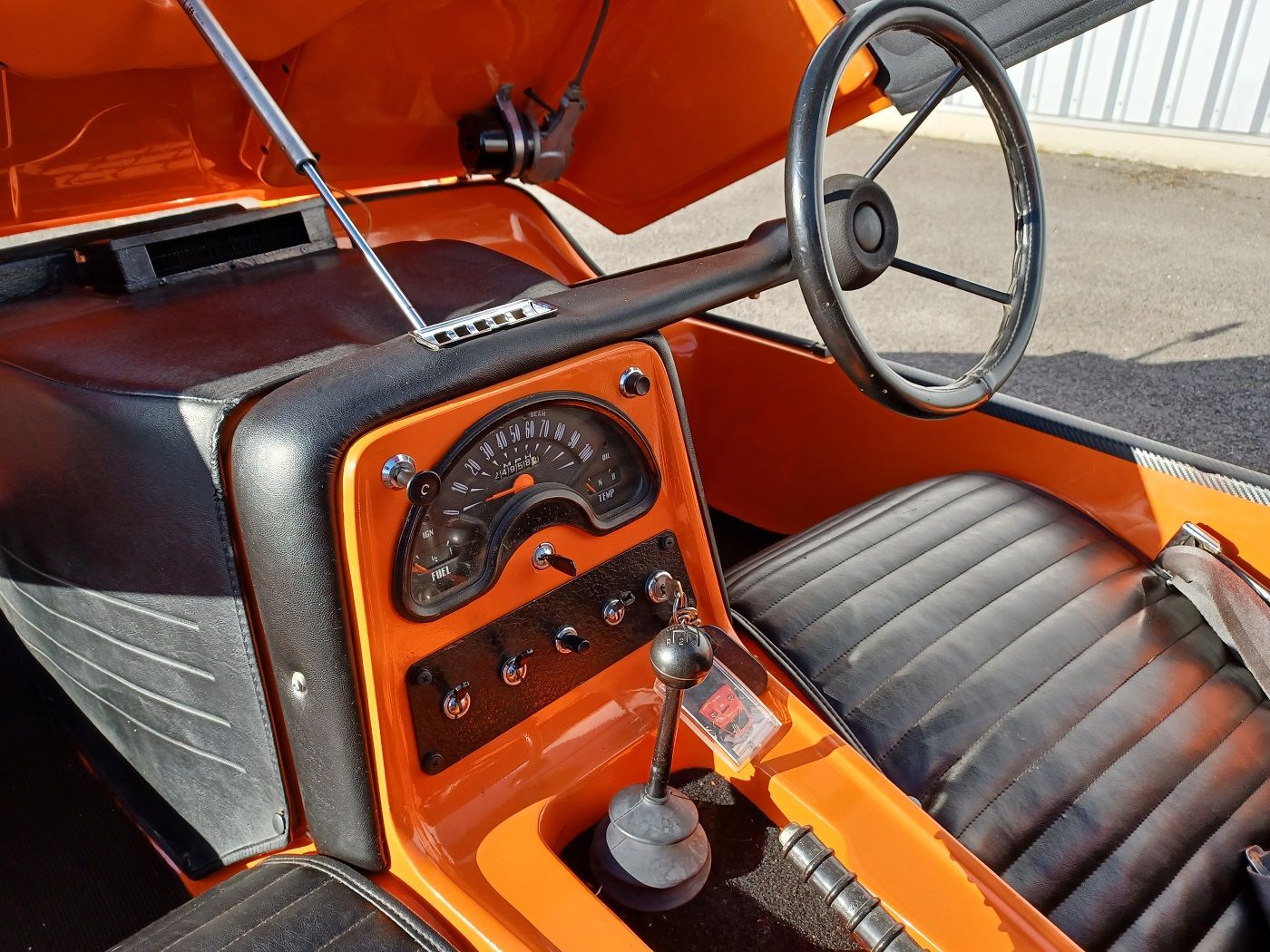
The seats were moulded into the hull, and ‘falling’ into the inside of the Bug is easy. Getting out gracefully though is another matter and needs quite a bit of contorting for a creaky old fuddy-duddy like me. Of course, the proverbial ‘girls in miniskirts’ may not manage ingress-egress in all that ladylike a manner.
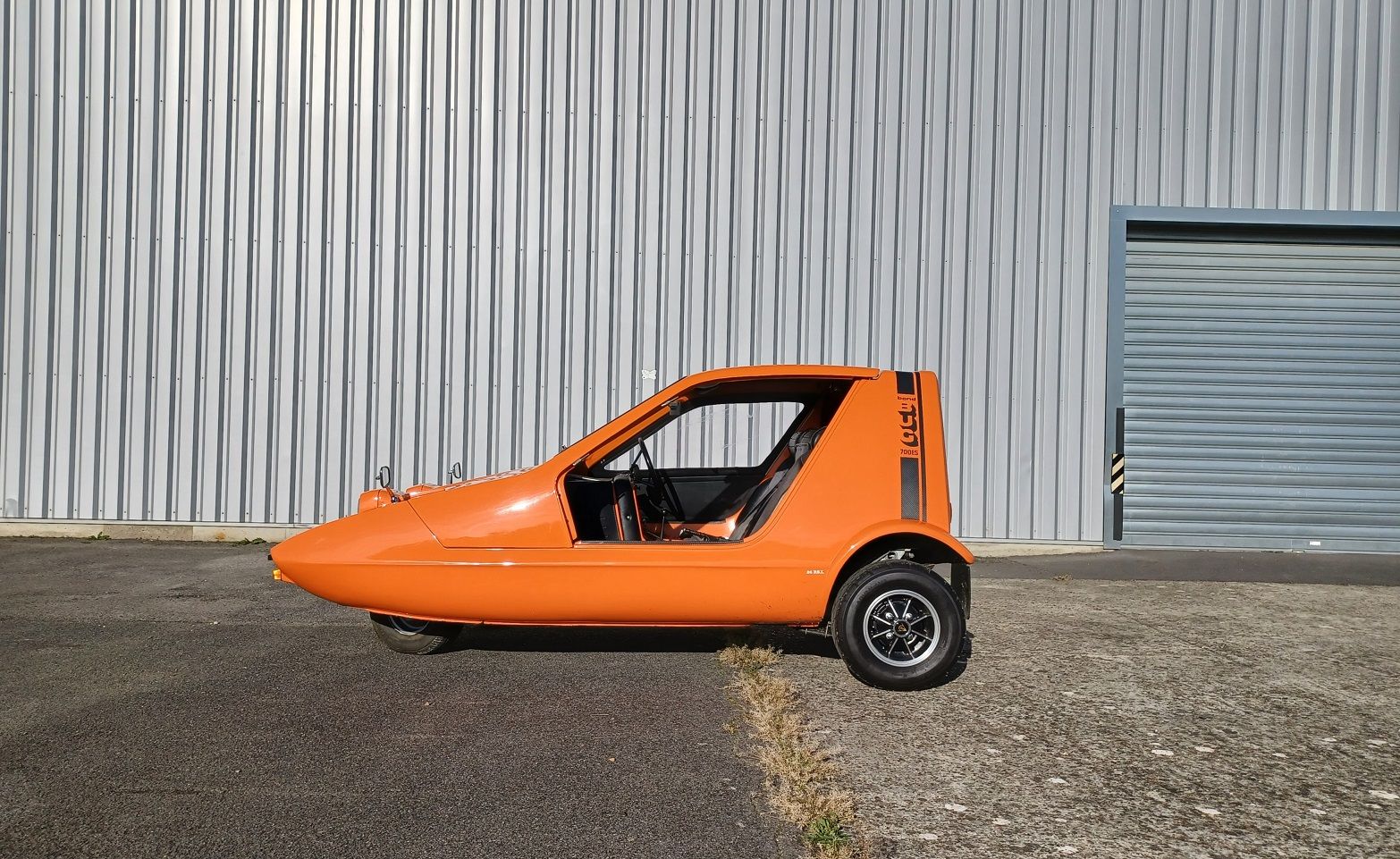
But then who cares—this tangerine orange dream is so cool and cute.
Once inside, the packaging is perfect, tight but very comfortable in a sports car semi-supine position, with the steering wheel and pedals falling perfectly to hand and feet. The range had been designed around the Bug 700, which was to be the entry-level model, without the tilting roof, sans doors too. But only one such basic model was ever produced.
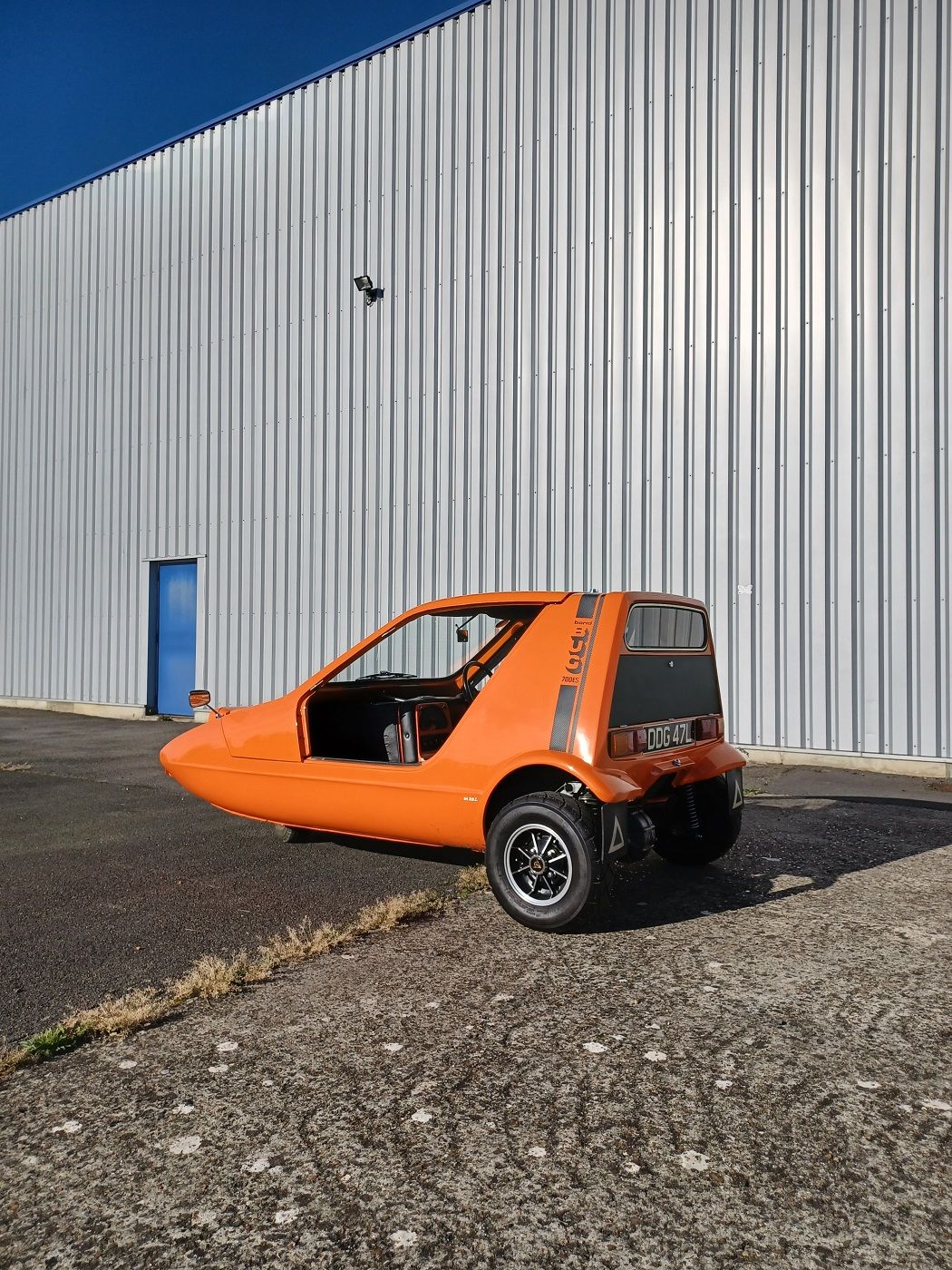
The remaining 2270-odd—made over a four-year production run—were the 700E (with side screens, tilting and lockable roof, chrome wheel covers and a ceiling light), and the 700ES, which had a slightly more powerful engine, a bumper, head restraints, an F1 type steering wheel, and even a two-tone horn!
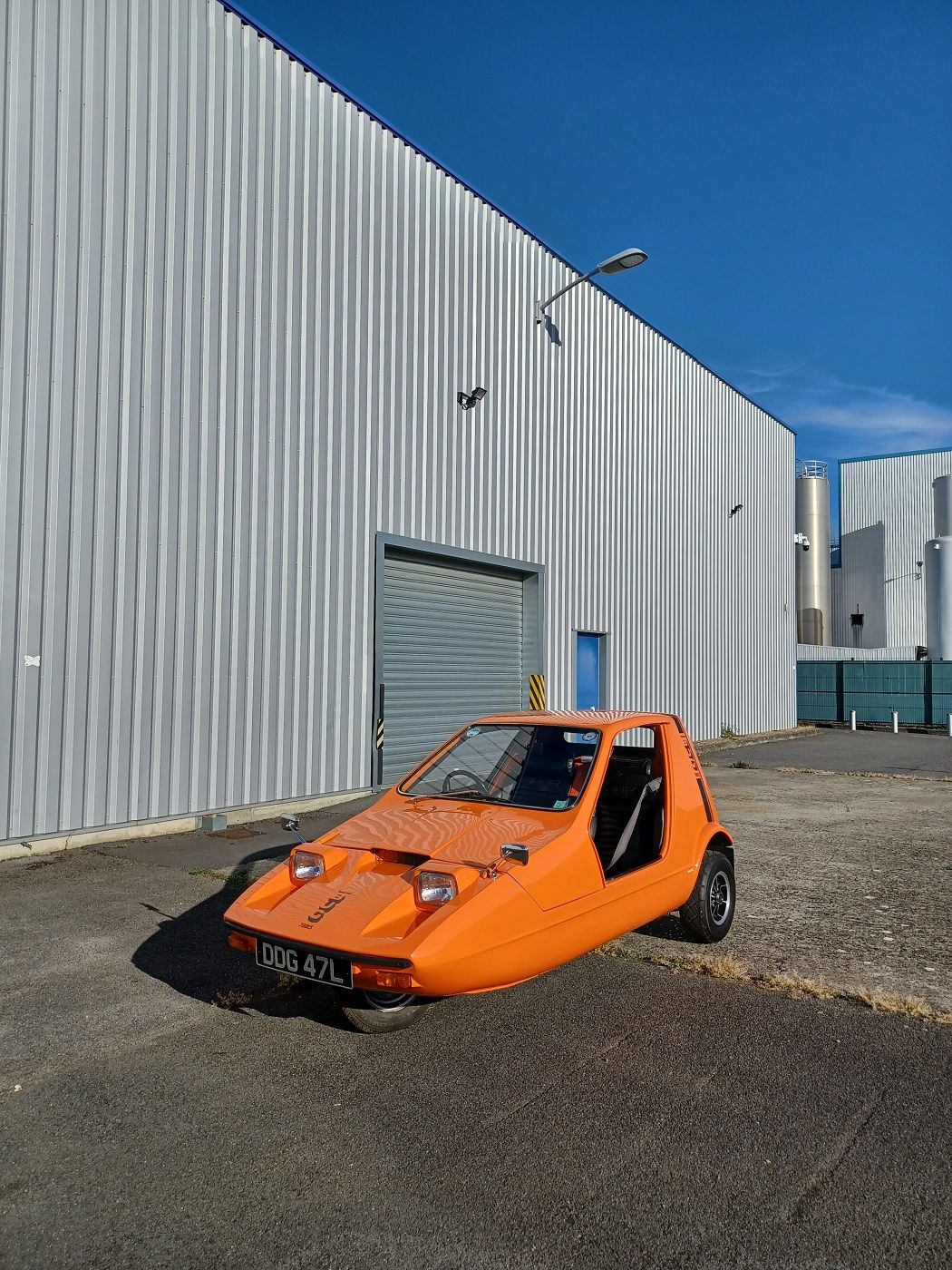
So, how is it to drive? Well, I can’t quite tell you that as the car in the photos here had an issue and it was not possible to drive it. Next time, I have been promised. Alas…
But once wedged into the seat the driving position reminded me of my Sipani Dolphin… with which the car is related… more on that anon.
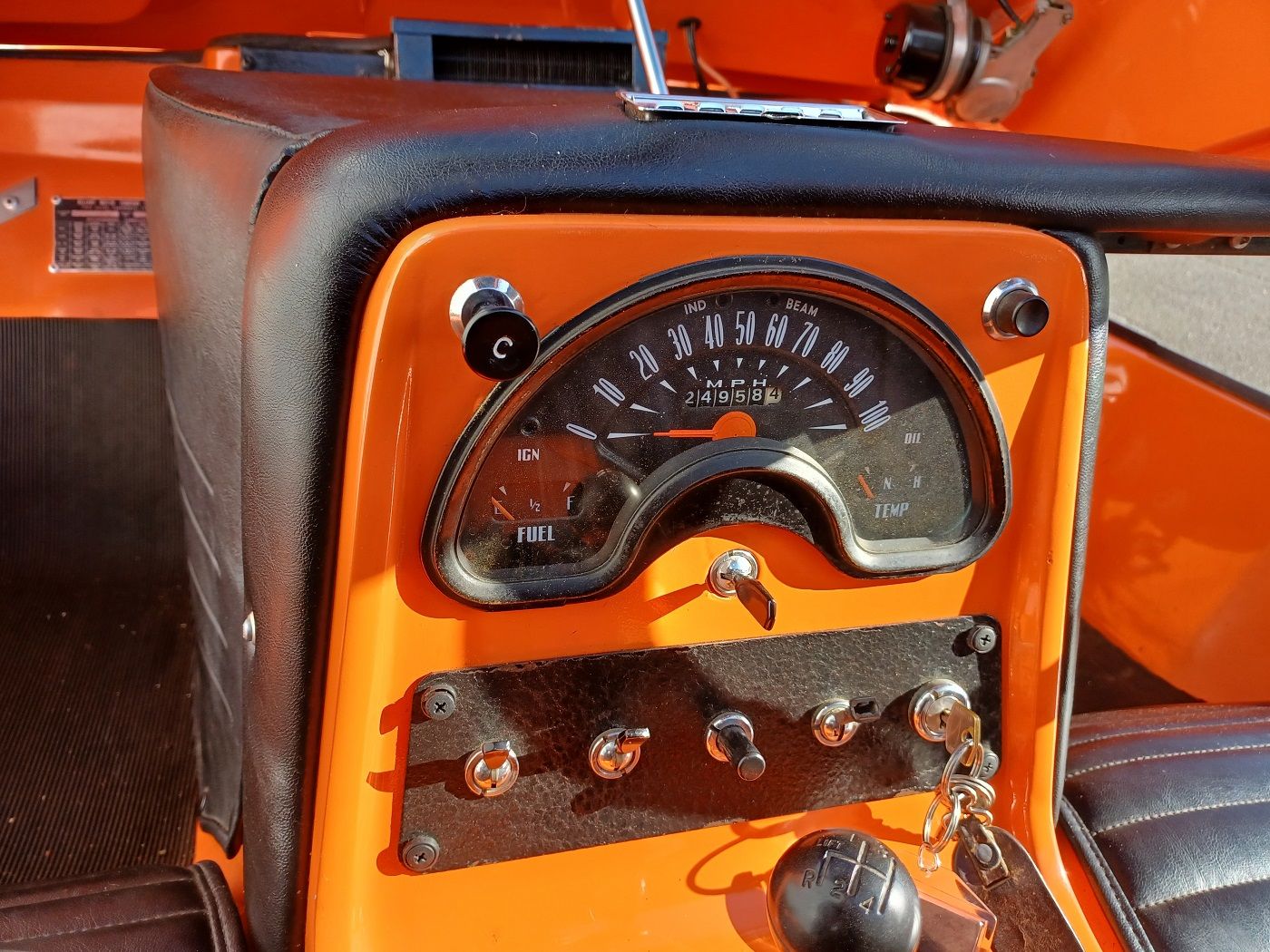
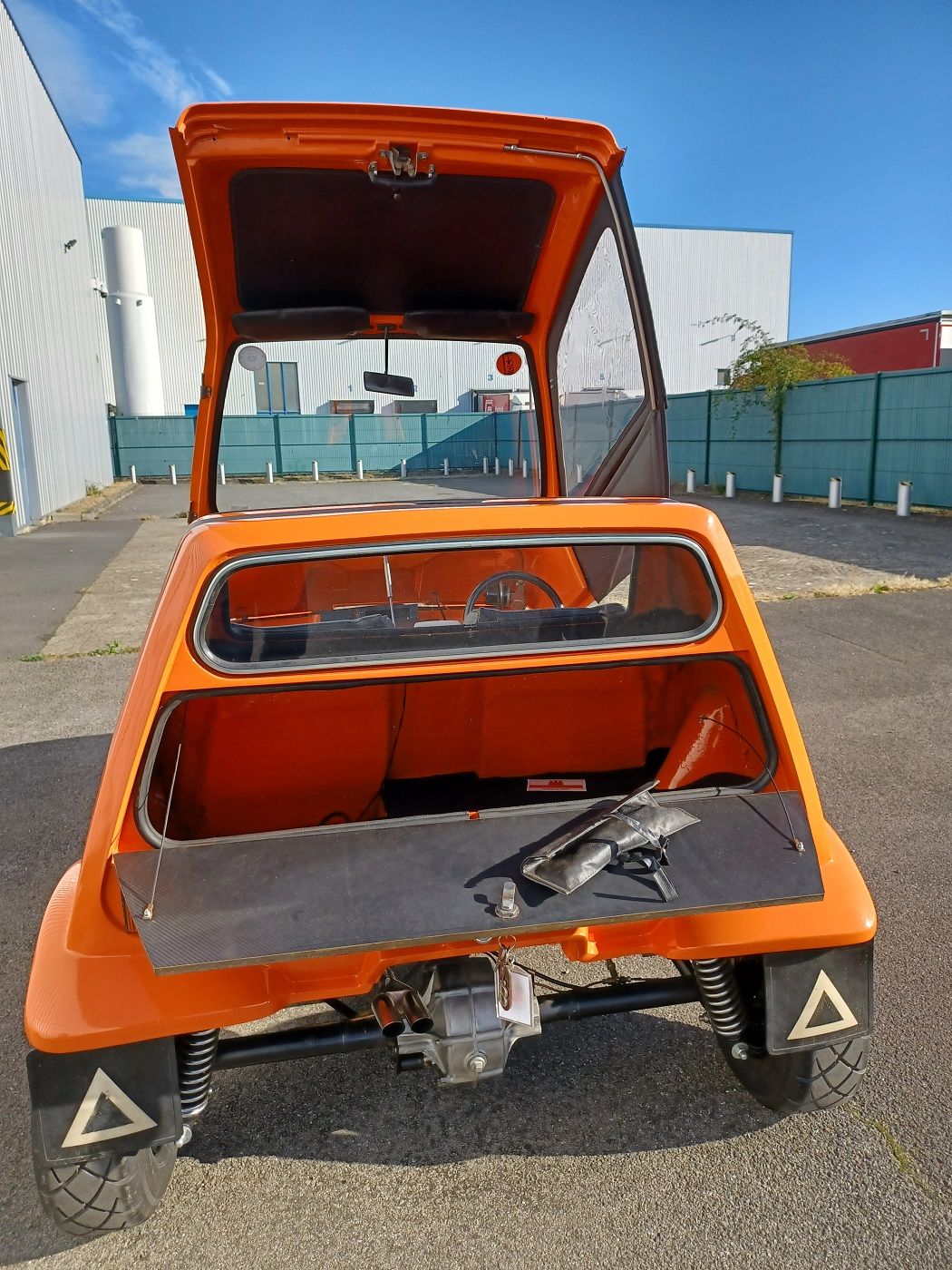
Despite a rather limited production run of barely 2,000-odd, significant numbers survive. In France though there are not many as the car was produced only in right-hand drive configuration, purely for the British market.
The handful of Bugs in France rarely come out… but when they do, they really catch the eye—like this one, when the car and owner turned up at Chantilly a few weeks ago.
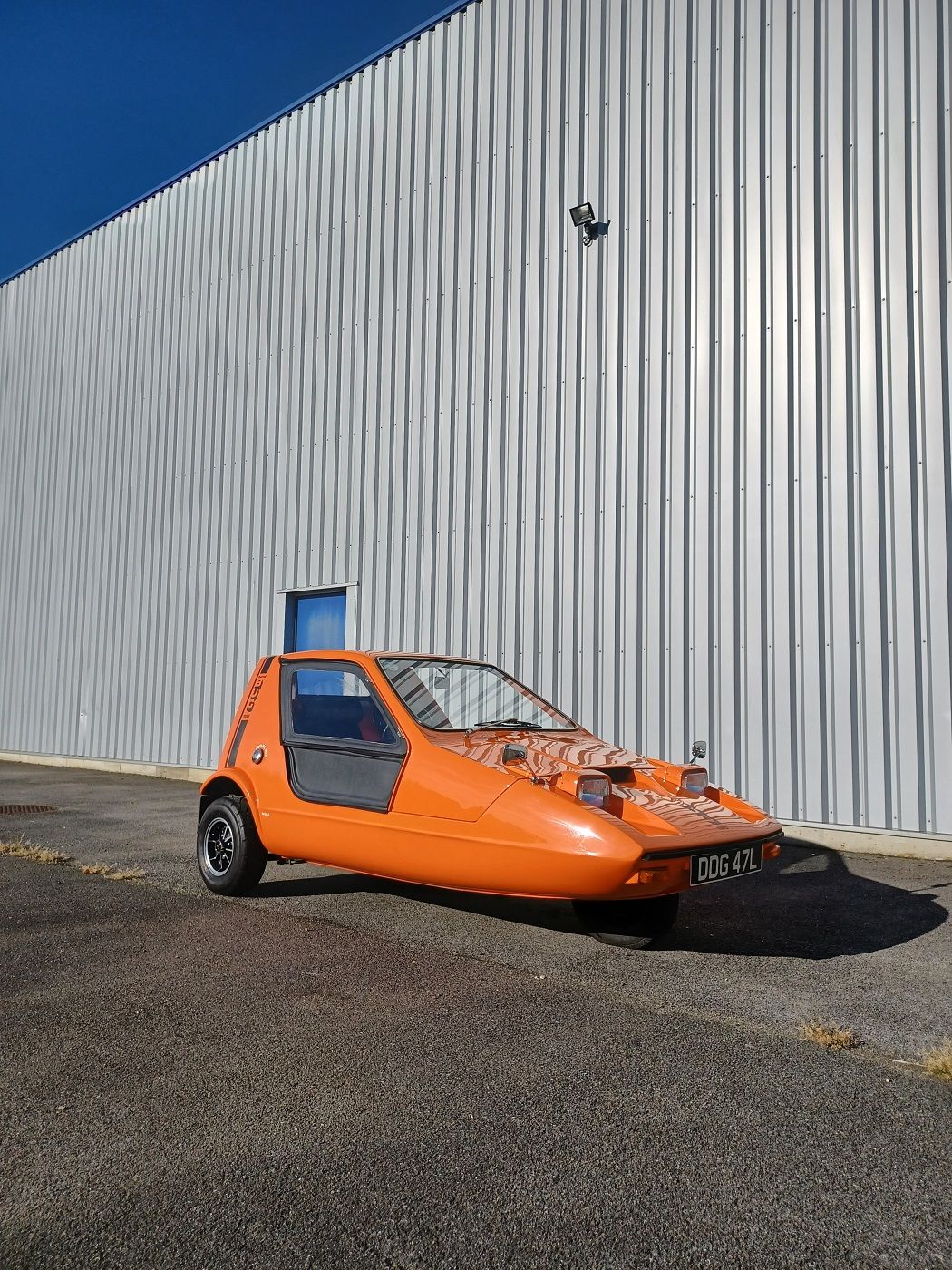
As a footnote, the Indian connection: the powerpack that the Bug boasts of, is one which was manufactured in India, but after it had been bored out to a total displacement of 848cc. Yes! That’s the same engine that went into the Sipani Dolphin, née Reliant Kitten, which in turn, was derived from the Bug.
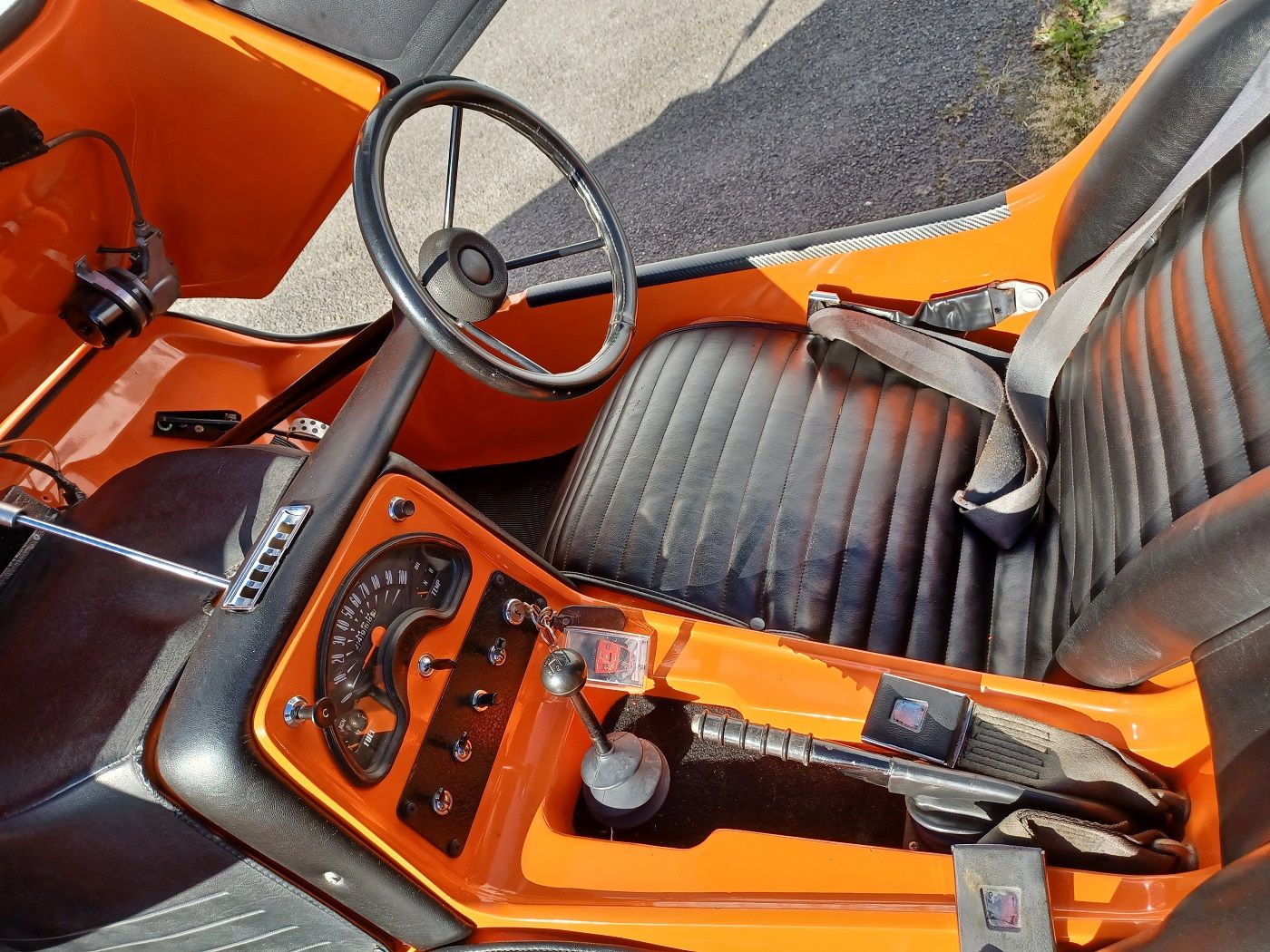
Postscript? There were plans to make a four-wheeled version of the Bug in the late 1990s (by Reliant), but more stringent homologation requirements of a four-wheeler put paid to such an idea.
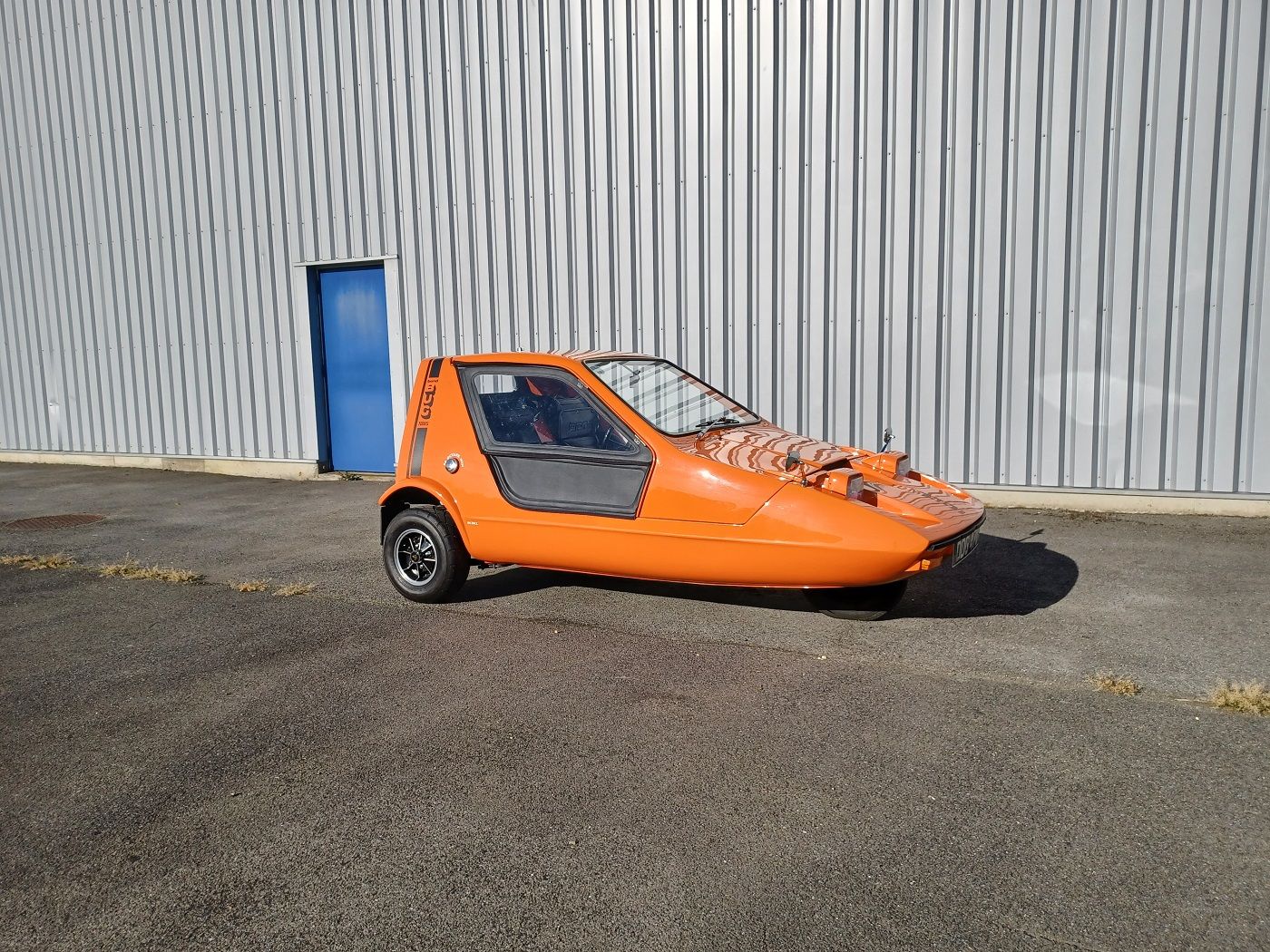
Don’t you think it is time to revive the Bug, perhaps as an electric runabout…?
Comments
Sign in or become a deRivaz & Ives member to join the conversation.
Just enter your email below to get a log in link.
